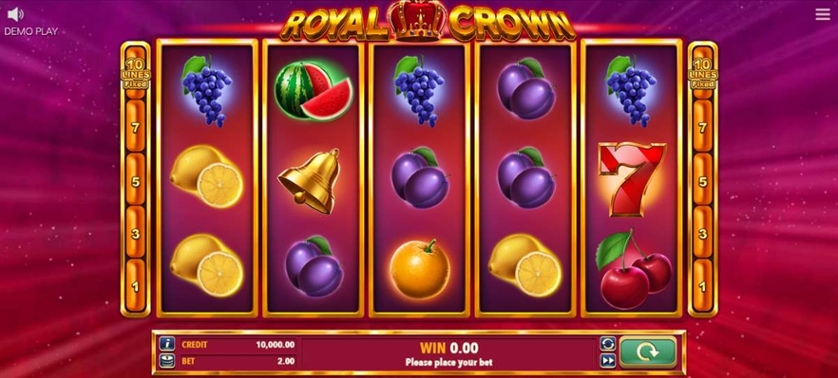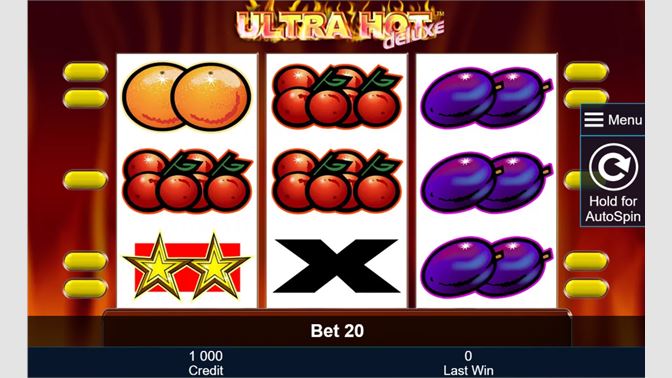- Chart Your Fortune: Navigate Peril & Plunder Rewards in the Chicken Road game – Boasting a 98% Return & Thrilling Difficulty Levels.
- Understanding the Core Gameplay Mechanics
- The Importance of the 98% RTP
- Understanding RTP Variations
- How RTP Affects Gameplay Strategy
- Navigating the Difficulty Levels
- Maximizing Your Score on Each Difficulty
- The Reward System and Difficulty Progression
- Strategies for Masterful Gameplay
. . .
Chart Your Fortune: Navigate Peril & Plunder Rewards in the Chicken Road game – Boasting a 98% Return & Thrilling Difficulty Levels.
The world of online casual games continues to expand, offering players diverse and engaging experiences. Among the growing number of options, the chicken road game stands out as a delightfully simple yet surprisingly addictive title developed by InOut Games. This single-player game presents a unique blend of risk and reward, challenging players to navigate a perilous path with a determined chicken, all for the promise of a golden egg. With an impressive 98% Return to Player (RTP) rate and adjustable difficulty levels, it offers a compelling experience for both casual gamers and those seeking a slightly more challenging pastime.
The game’s core mechanic is straightforward – guide a chicken across a road filled with obstacles, aiming to reach a golden egg at the end. However, the simplicity belies a strategic depth. Players must carefully time their movements to avoid hazards like speeding cars and other oncoming threats. As players progress through the four difficulty settings – easy, medium, hard, and hardcore – the tempo increases, and the consequences of failure become more significant, adding a thrilling layer of tension to each playthrough.
Understanding the Core Gameplay Mechanics
At its heart, the chicken road game is a test of reflexes and calculated risk-taking. Each level presents a fresh layout of challenges, demanding adaptability and quick decision-making. The chicken’s movement is controlled with intuitive simplicity, enabling players to focus solely on timing and anticipation. Avoiding obstacles isn’t merely about survival; successfully navigating the road also rewards players with bonus points, contributing to a higher score and, ultimately, a greater chance of reaching the coveted golden egg. This balancing act between avoiding danger and maximizing rewards creates an engaging loop that keeps players returning for more.
Furthermore, the strategic depth lies in recognizing patterns and predicting the movements of traffic. While a degree of randomness is present, attentive players will soon identify recurring sequences and timings, affording them a considerable advantage. The game isn’t about brute force; it’s about learning the rhythm of the road. This element of skill-based progression contributes to the game’s prolonged appeal, making each victory feel earned and satisfying.
| Easy | Slow | Low | 1x |
| Medium | Moderate | Moderate | 2x |
| Hard | Fast | High | 3x |
| Hardcore | Very Fast | Very High | 5x |
The Importance of the 98% RTP
In the landscape of online gaming, Return to Player (RTP) is a crucial metric. It represents the theoretical percentage of all wagered money that a game will pay back to players over time. The chicken road game boasts an exceptional 98% RTP, placing it significantly above the average for games of its type. This high RTP is a testament to the game’s fairness and its player-centric design. A higher RTP translates to a greater probability of winning, or, more accurately, less frequent periods of losing streaks – appealing greatly to the savvy player.
While RTP does not guarantee wins on every play, the 98% value suggests that, over an extended period, players are likely to recoup a substantial portion of their wagers. This creates a more balanced and rewarding gaming experience, fostering player loyalty and encouraging continued engagement. The developers prioritizing RTP demonstrates a commitment to providing a genuinely enjoyable and worthwhile experience for players, establishing trust and encouraging long-term interactions.
Understanding RTP Variations
It’s important to note that the advertised RTP is a theoretical average calculated over millions of game plays. Individual players may experience different results due to the inherent randomness of the game. Short-term variance can lead to both significant wins and losses. However, the high RTP of 98% provides a strong indication that the game is designed to be fair and rewarding in the long run. The randomness contributes to the excitement, however a consistently high RTP value promises a sustainable and enjoyable experience.
How RTP Affects Gameplay Strategy
Knowing a game has a 98% RTP can influence a player’s approach. Although it doesn’t predict individual outcomes, it promotes a more confident and strategic mindset. Players may feel more inclined to take calculated risks, knowing that the game mechanics are working in their favor, and are more likely to continue playing. The knowledge of fair play reinforces the enjoyment and incentivizes continued engagement within the world of the chicken road game. This emphasizes the importance of responsible gaming alongside the pursuit of entertainment.
Navigating the Difficulty Levels
The chicken road game wisely incorporates four distinct difficulty levels, catering to a broad spectrum of player skill and preference. The ‘Easy’ mode serves as an excellent starting point for newcomers, allowing them to familiarize themselves with the core mechanics and develop a feel for the timing. Graduating to ‘Medium’ introduces a step up in challenge, requiring greater precision and anticipation. ‘Hard’ demands a high level of skill and concentration, whilst the ‘Hardcore’ setting presents a formidable, unforgiving test of even the most seasoned players.
This tiered approach not only provides progressive learning but also enhances the game’s replayability. Players can continually challenge themselves to climb the difficulty ladder, unlocking greater rewards and experiencing a more intense gaming experience. The changing speed of traffic and sequence of obstacles at higher levels keeps gameplay fresh and engaging for extended periods of time. It also unlocks a challenge for players seeking to hone their skills and attain a stronger sense of accomplishment.
- Easy: Ideal for beginners and casual play.
- Medium: Offers a balanced level of challenge for intermediate players.
- Hard: Requires quick reflexes and strategic timing.
- Hardcore: Reserved for experienced players seeking an intense test of skill.
Maximizing Your Score on Each Difficulty
Each difficulty level has its own optimal strategies. On Easy mode, focusing on consistent survival is key. Medium requires anticipatory maneuvers, whilst Hard and Hardcore demand flawless execution and the ability to predict traffic patterns. Learning to exploit brief moments of respite between obstacles is essential for maximizing your score and advancing towards the golden egg. Strategic usage of power-ups, should they be integrated at a future point of the game, will become increasingly crucial on higher difficulties.
The Reward System and Difficulty Progression
The game’s reward system is strategically linked to the difficulty level. Higher difficulties offer larger payout multipliers, incentivizing players to push their limits. This creates a compelling risk-reward dynamic, where the potential for greater rewards comes with increased challenge. Overcoming these challenges builds a sense of mastery, enhancing the overall gaming experience, and motivating players to strive for higher scores and achievements within the thrilling world of the chicken road game.
Strategies for Masterful Gameplay
Becoming a true master of the chicken road game requires more than just quick reflexes. Successful players employ a range of strategies that combine anticipation, pattern recognition, and risk management. They learn to identify subtle cues in traffic flow, predict the timing of obstacles, and execute precise movements to navigate the perilous road. Careful observation of gameplay patterns will reveal common sequences, allowing for strategic timing and efficient avoidance techniques.
Beyond individual skill, utilizing a consistent approach is paramount. Implementing a pre-determined routine for reacting to different scenarios can significantly improve responsiveness and reduce reaction time. Maintaining a relaxed focus is also critical; panic can lead to rash decisions and costly mistakes. Furthermore, practicing on lower difficulty levels builds a solid foundation of timing and coordination, preparing players for the escalating challenges of higher difficulty settings.
| Pattern Recognition | Identify recurring traffic sequences. | All |
| Anticipatory Timing | Predict obstacle movements and react proactively. | Medium – Hardcore |
| Risk Assessment | Evaluate potential hazards and prioritize avoidance. | All |
| Consistent Routine | Develop a standardized response to common scenarios. | All |
- Begin by mastering the Easy level to understand basic timing.
- Progress to Medium and focus on pattern recognition.
- Practice anticipatory movements on the Hard setting.
- Embrace the unforgiving challenge of Hardcore to hone your skills.
Ultimately, success in the chicken road game isn’t just about avoiding obstacles; it’s about mastering the rhythm of the road, utilizing strategic thinking, and consistently refining your skills. Through persistent practice and smart gameplay, players can truly chart their fortune and achieve the ultimate goal: guiding their brave chicken to the golden egg.








